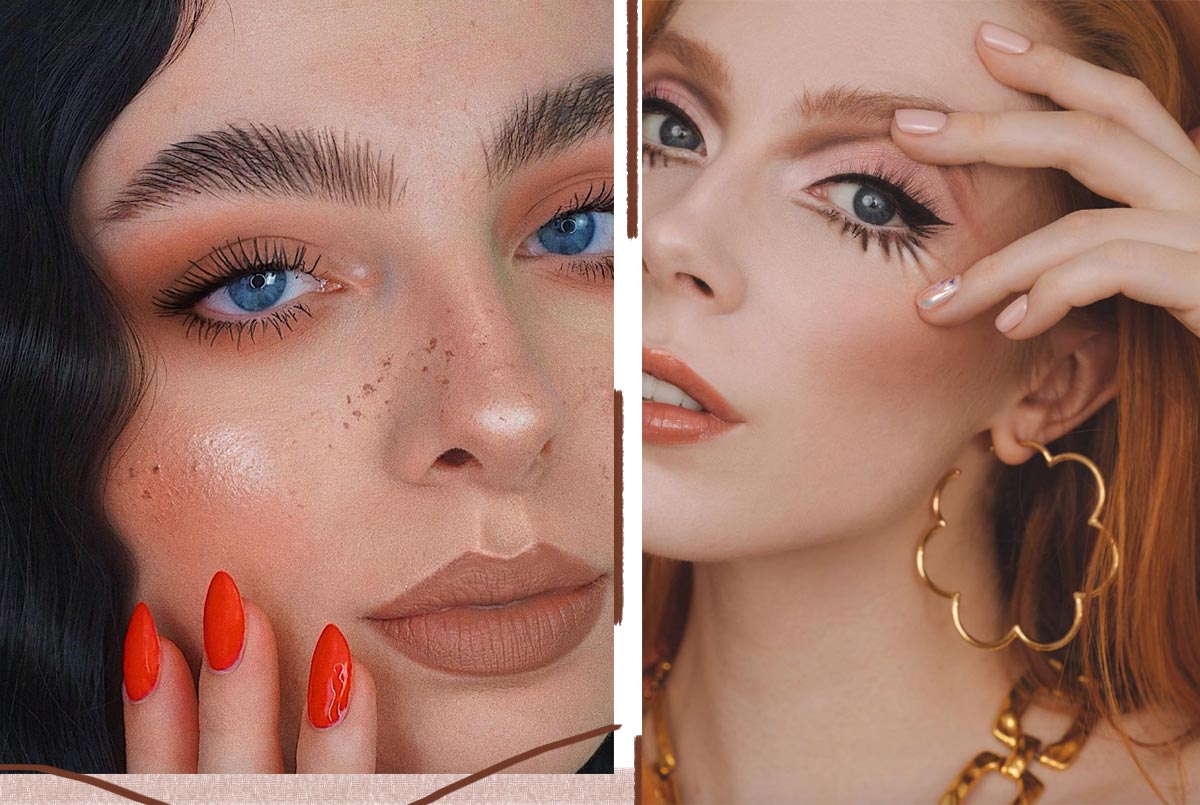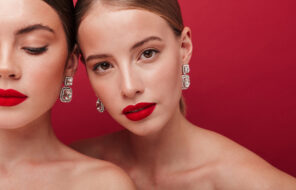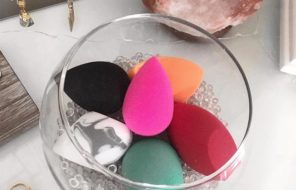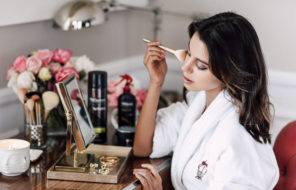Mascara, the black liquid in a little tube that no makeup look is complete without! Mascara is a thick, viscous liquid that is applied to the eyelashes in order to enhance their appearance. These days, this usually means that mascara will darken, lengthen, thicken, curl, or separate the lashes, although mascara that will just color the lashes keeps coming in and out of style.
Ahead, we explain the history of mascara and its origins, from its early uses to the first commercial mascara.
Early Uses of Mascara
Mascara is one of the oldest makeup products we know of, although initially it referred to any paint used to color the brows, lashes, or mustache. Initially, the term used in English was actually “mascaro” and it referred to a product advertised for men – primarily actors.
However, the practice of painting the lashes isn’t exclusive to European actors. Ancient Egyptians are known as some of the earliest makeup users. They are known to have used kohl to paint eyelids, eyebrows, and eyelashes as early as 4000 BC. Because of the influence of the Egyptian Empire, the use of kohl around the eyes persisted for the following centuries, and only fell out of practice in Europe after the fall of the Roman Empire.
The history of the term itself is wholly unclear. In Spanish the word máscara can mean either mask or stain, with either meaning working as a plausible source for the name of the makeup product. Other romance language like Portuguese, Italian, and Catalan also have words that sound similar that can mean either mask or dark stain depending on the language.
Any one of these old definitions could be related to the modern meaning of the word mascara, but since we don’t even know exactly how these terms in different languages relate to one another we cannot draw a connection.
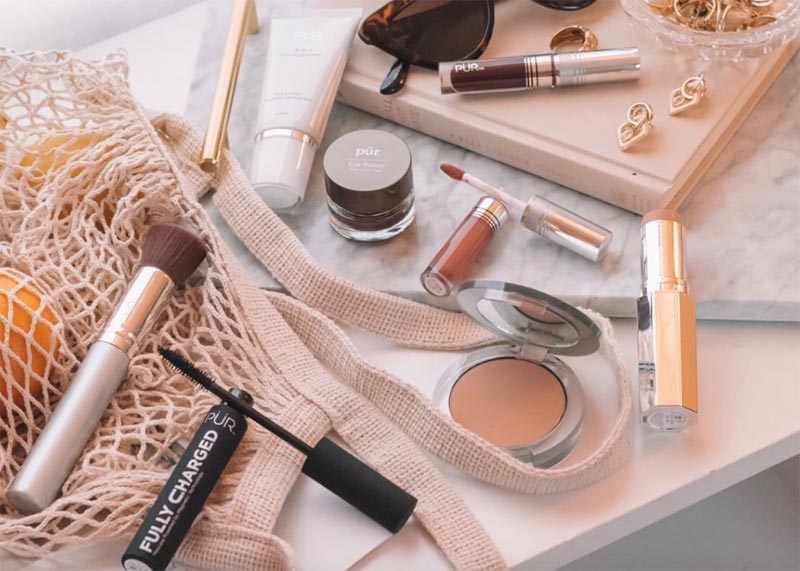
In Western Europe the use of makeup, particularly around the eyes, became taboo and associated only with actors and sex workers, although it never fell out of favor in the Middle East. However, the mascara we know today was developed in Europe, so let’s jump forward in time a bit.
Long eyelashes are considered a sign of femininity, so women in the Victorian era would mix together their own black pastes that they would heat up and apply to their lashes to increase their length. Of course, visible makeup was a big no-no at the time so Victorian women were certainly hoping for a subtle effect.
The Modern Mascara Game
Towards the end of the Victorian era, as we previously mentioned, makeup products started becoming available commercially for actors to use, with the first iterations of “mascara” or “mascaro” meant to be used not just on the lashes but also on the brows and mustache – obviously, they were sold to men rather than women.
The first commercial mascaras can be attributed separately to two men whose legacy you might be familiar with today: Eugène Rimmel and Thomas Lyle Williams (the founder of Maybelline). Separately (and some decades apart) both men combined coal with petroleum jelly to make a messy product that could darken the lashes.
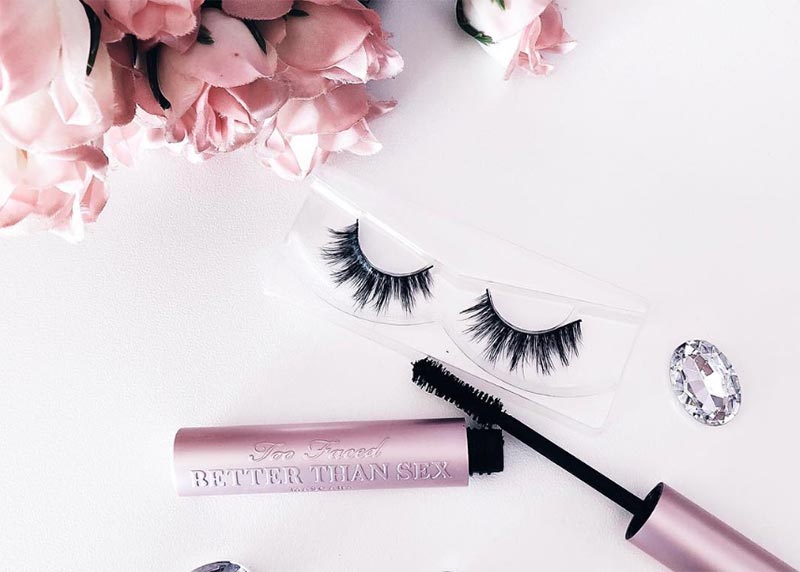
At the time these products, as well as other cosmetics, were primarily sold through mail-order catalogues. With the advent of print advertising and the silent film, makeup slowly became acceptable as it was popularized in the mainstream.
Because of the messiness of the product a more user-friendly mascara was developed soon after: a black “cake” product in a tin that could be made dampened and then applied with a small brush. This product was no miracle, but it was all we had for the next few decades.
In 1957, years after darkening the lashes became a popular practice, the cosmetics entrepreneur Helena Rubinstein launched a mascara that came as a black cream in a tube that would then be squeezed out on to a brush and applied to the lashes. This changed the mascara game completely, as soon after a grooved rod was patented and sold in the tube, much like the mascara we know and love today.
Photos via @jantoski23, @leighdickson, Instagram

